Bologna to Parma, Italy
1 Comment
Ken Bailey
5/3/2016 04:18:07 am
Really interesting . Not quite like a visit to Tillamook.
Reply
Your comment will be posted after it is approved.
Leave a Reply. |
Author
Grace and Paul Pitzer are retired school teachers who love to travel and share their stories and photos with others. Archives
October 2019
Categories |
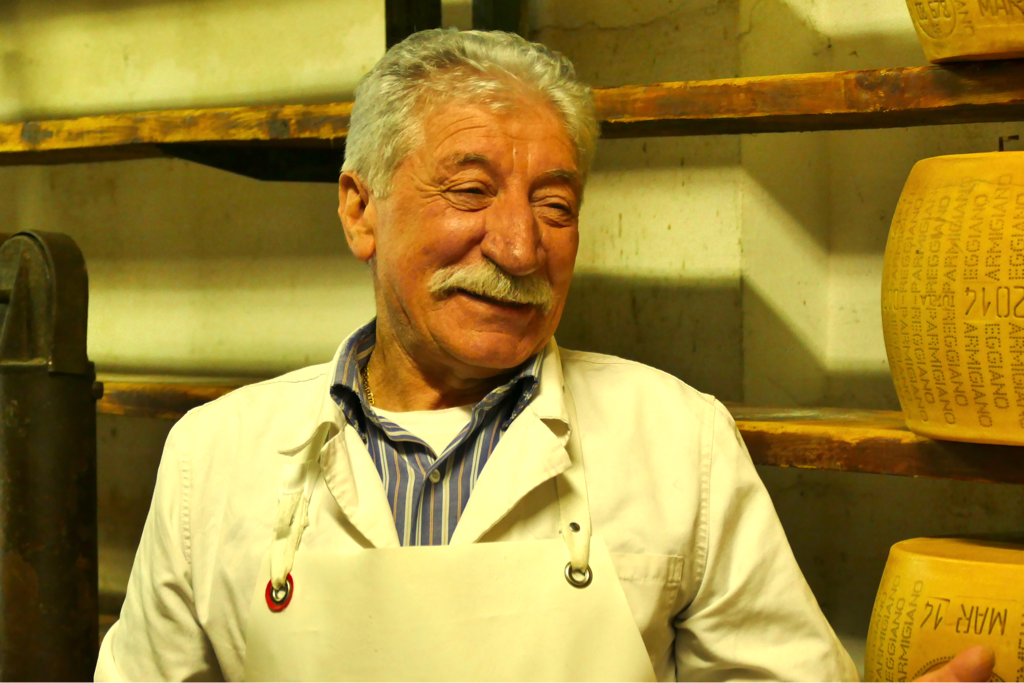
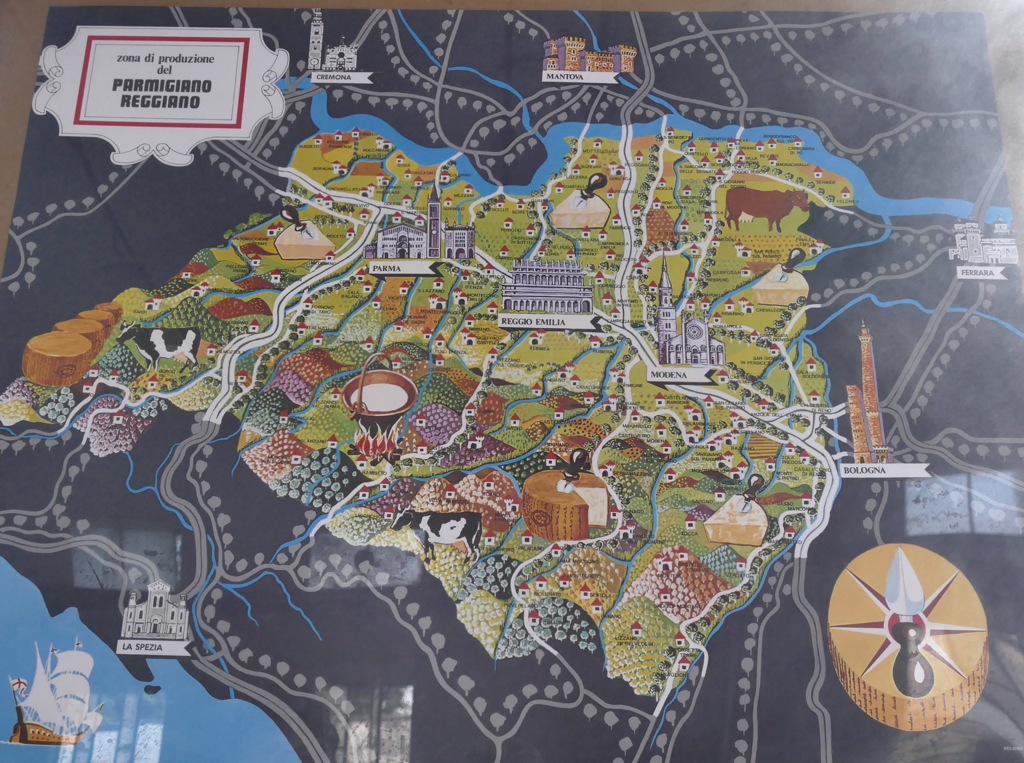
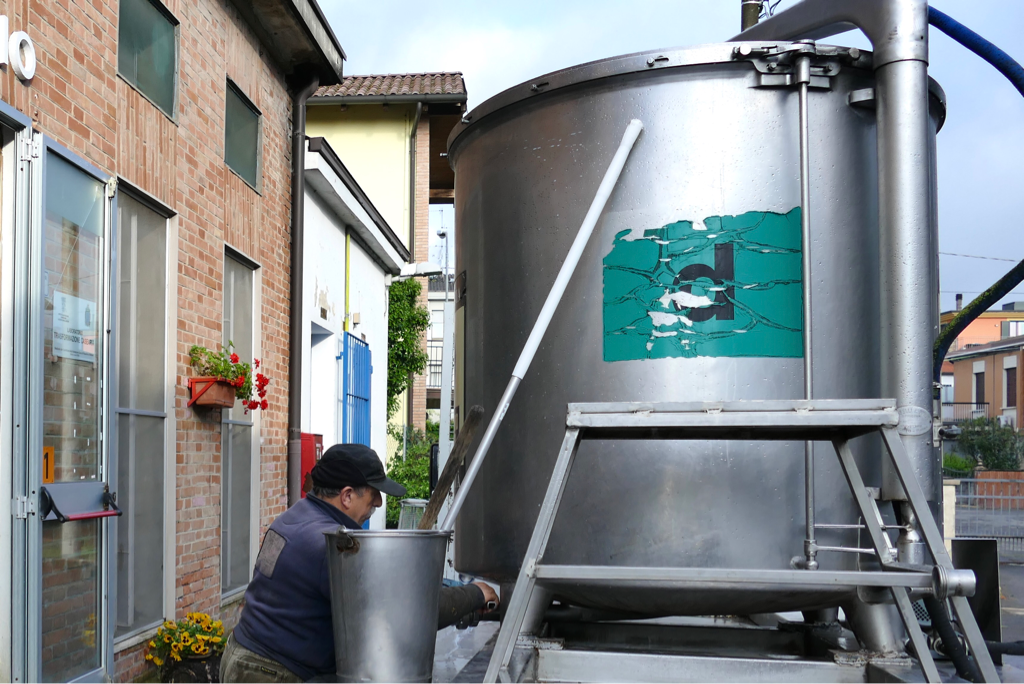
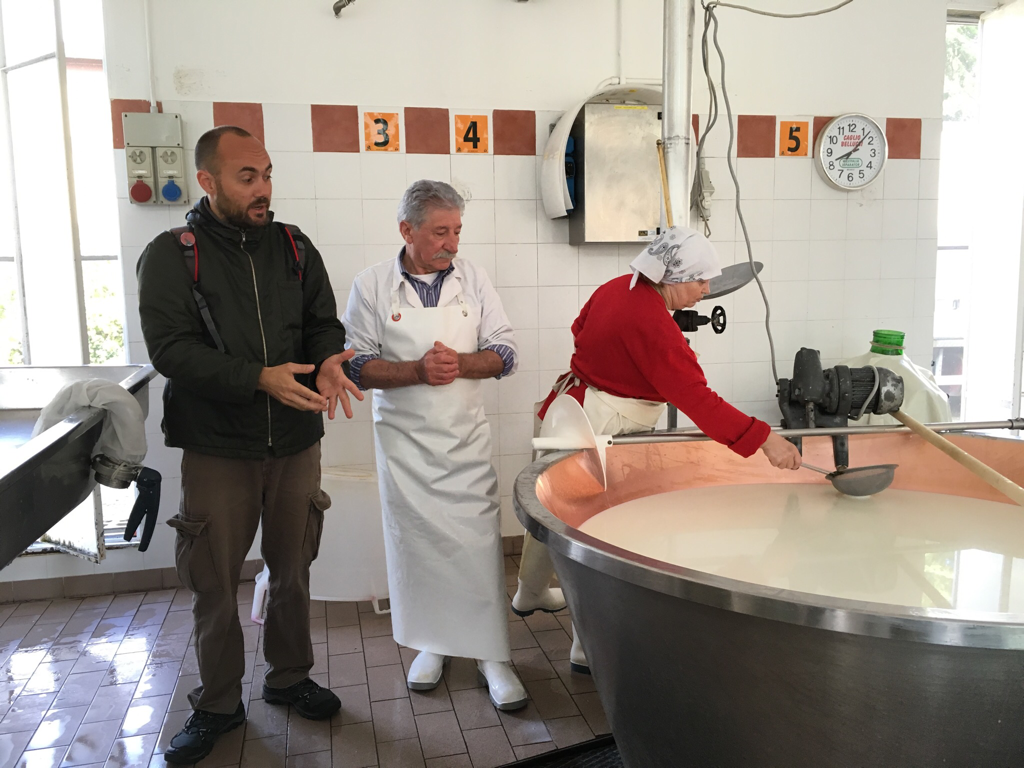
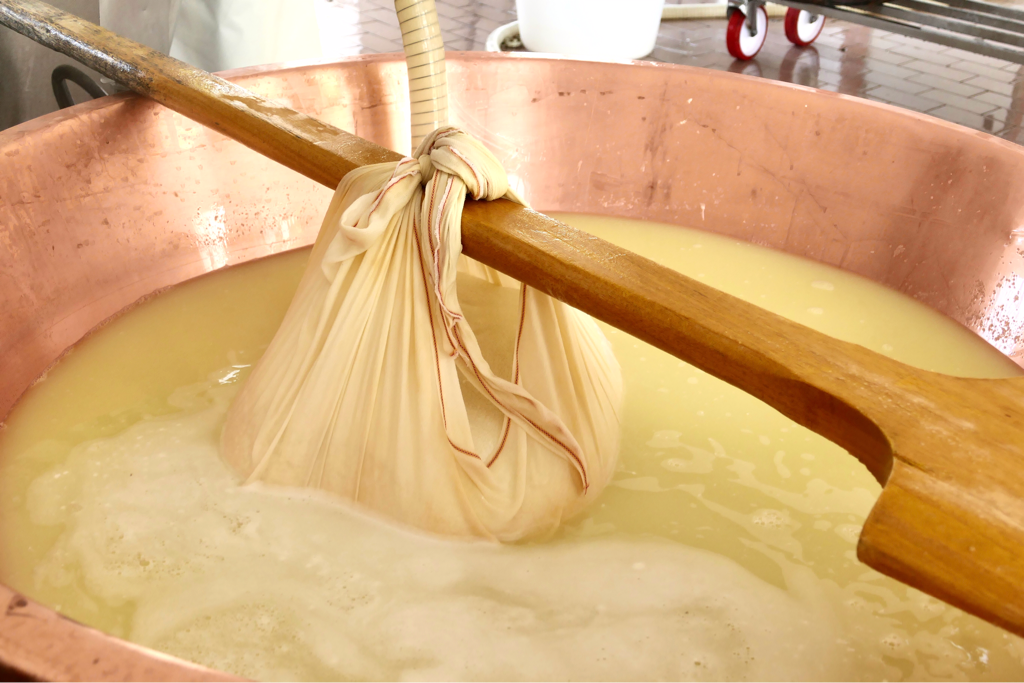
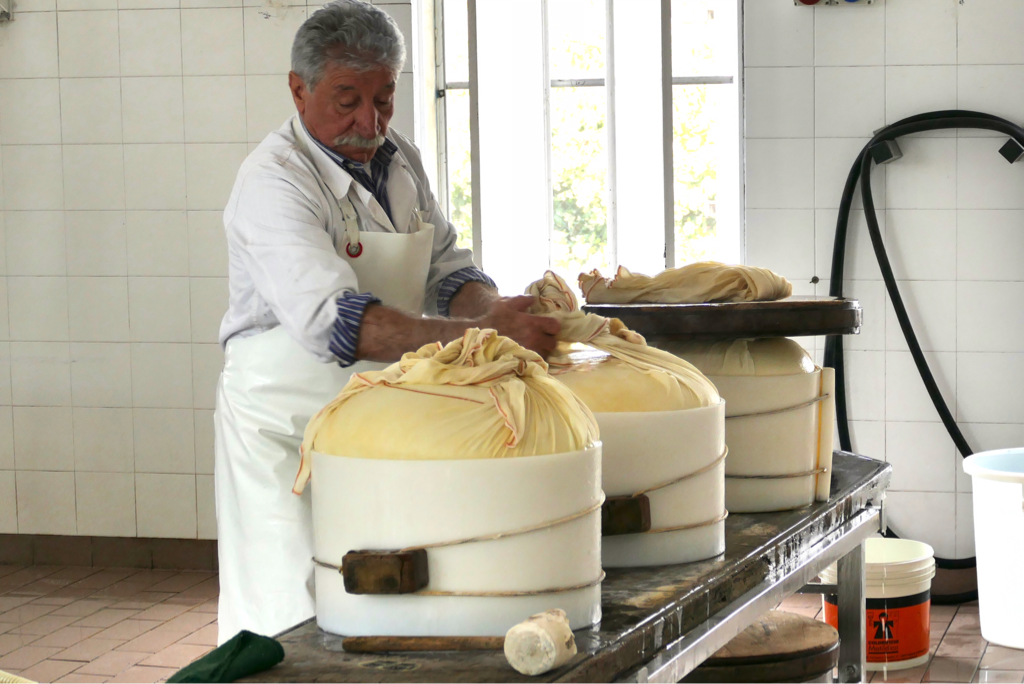
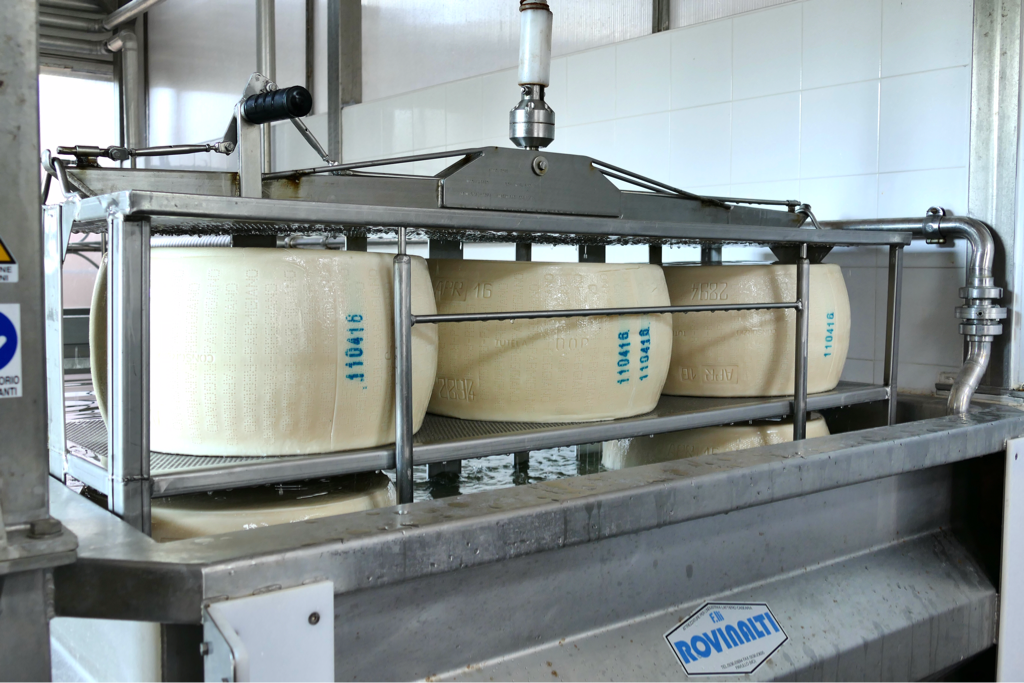
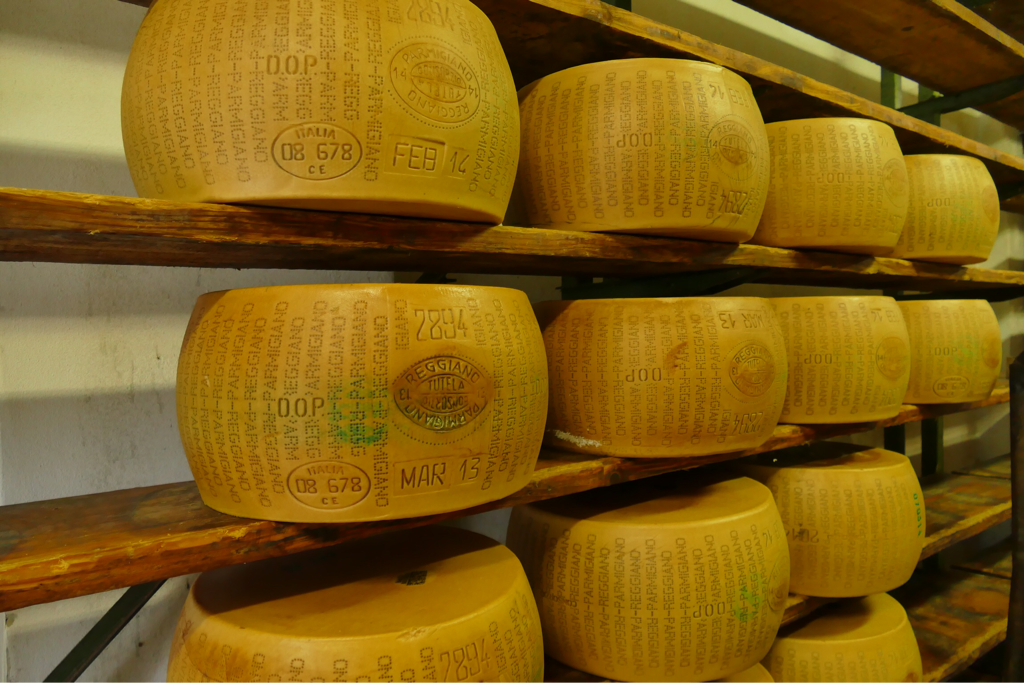
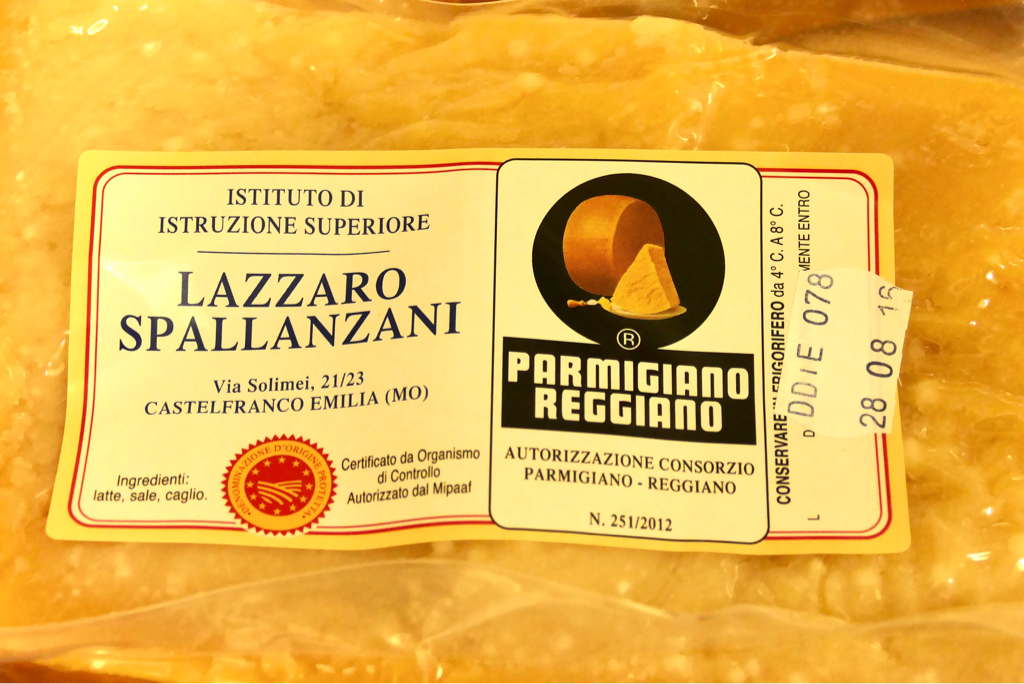
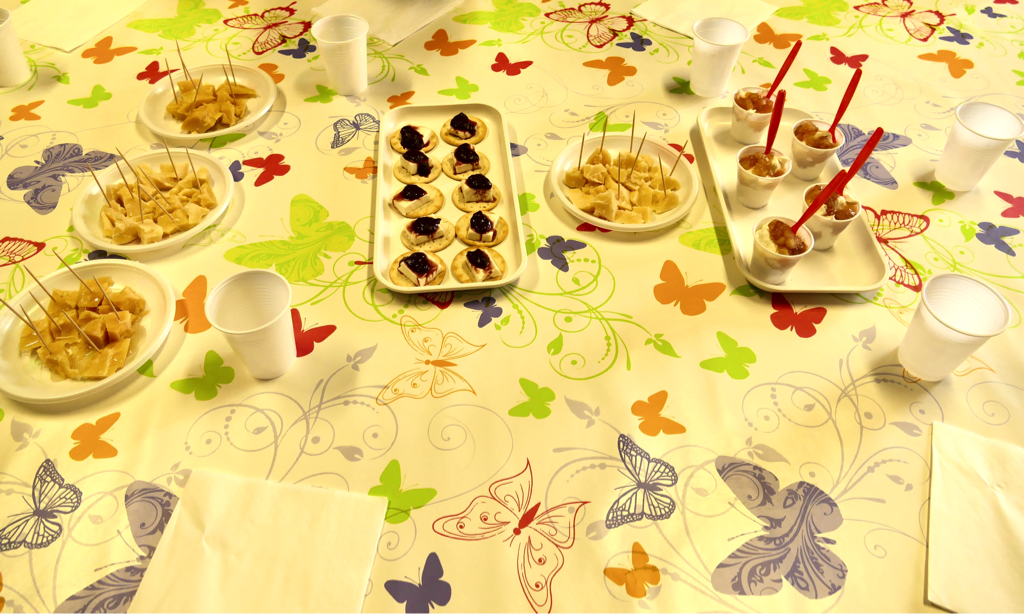
 RSS Feed
RSS Feed